
Let me find the beauty You have scattered throughout Creation and the beauty…
Faith saved us from the savages that we were, losing faith makes us savages again

Let me find the beauty You have scattered throughout Creation and the beauty…
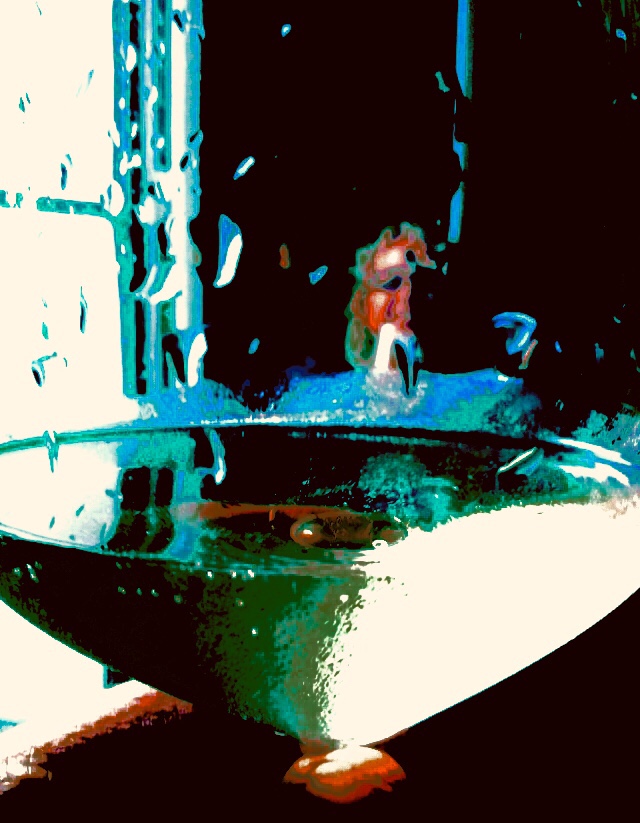
Como el humo que se filtra por rendijas muy ocultas,
como la luz que atraviesa por el rincón más oscuro,
y como el agua, fresca y fría que busca su nivel, y fluye por ocultas vías,
así persigo yo tus pasos silenciosos,
tu sombra gris efímera,
tu voz,
y cada palabra que masticas que degustas,
las hago mias…
Y la copa que me brinda vino blanco la levanto a tu salud
amada mía.
C.2022, Francis Bravo Cabrera, 18 JAN 2022, València, España 🇪🇸
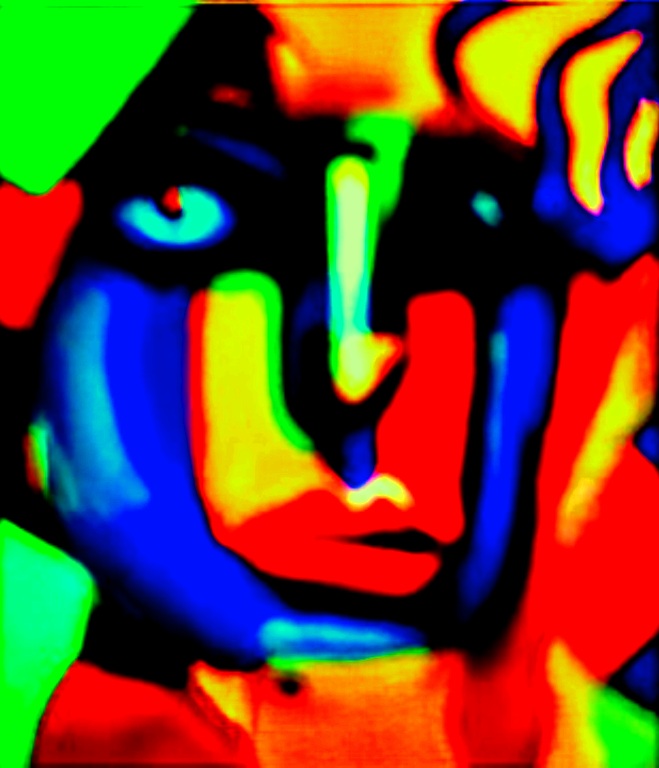
Nos despedimos de un gran año pero esperamos las muchas cosas buenas que vendrán en 2026. Con mucho agradecimiento, humildad y amor or doy las gracias por vuestro apoyo y seguimiento. Los artistas vivimos del buen gusto de vosotros y nos place en traeros obras igual de buen gusto. Un fuerte abrazo a todos y mucha salud, paz y fraternidad. Juntos podemos hacer un mundo mejor.
+++
We bid adieu to a great year (2025) but we look forward to the many good things that will come in 2026. With much gratitude, humility, and love, I wish to thank you for your support and for following VALENCIARTIST. Artists thrive on your good taste, and we take pleasure in bringing you equally tasteful works. A big hug to everyone, and wishing you much health, peace, and brotherhood. Together, we can make a better world.
+++++
GRACIAS – CHEERS
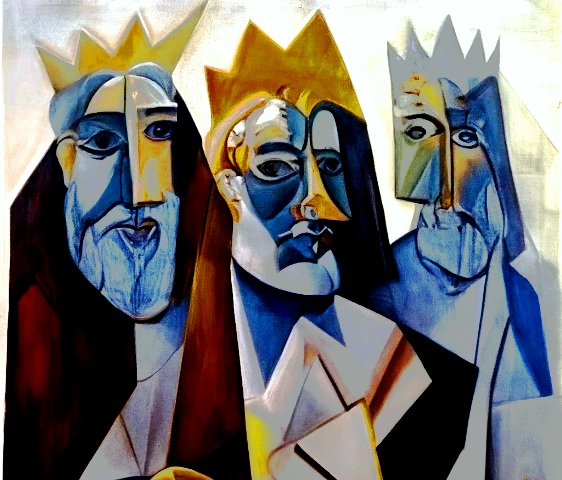
DESEO
¡Quién pudiera ser rey como Gaspar
Seguir la estrella al paso del camino
Tener la fe que mueva los destinos
Fundir el alma en oro hasta adorar!
Y aunque no fuera rey sino juglar
o ave canora de los viejos pinos
que a fuerza de cantar sueños divinos
fundiera en un revuelo Amor y Amar
Y después de la entrega cielo-infierno
Mirra-fervor: la esencia de mi verso
¡Quién pudiera ser una flor de invierno!
Revolar en la luz del universo
Y en la gracia que emana de lo interno
Quemarme a fuego lento como incienso.
©Julie Sopetrán
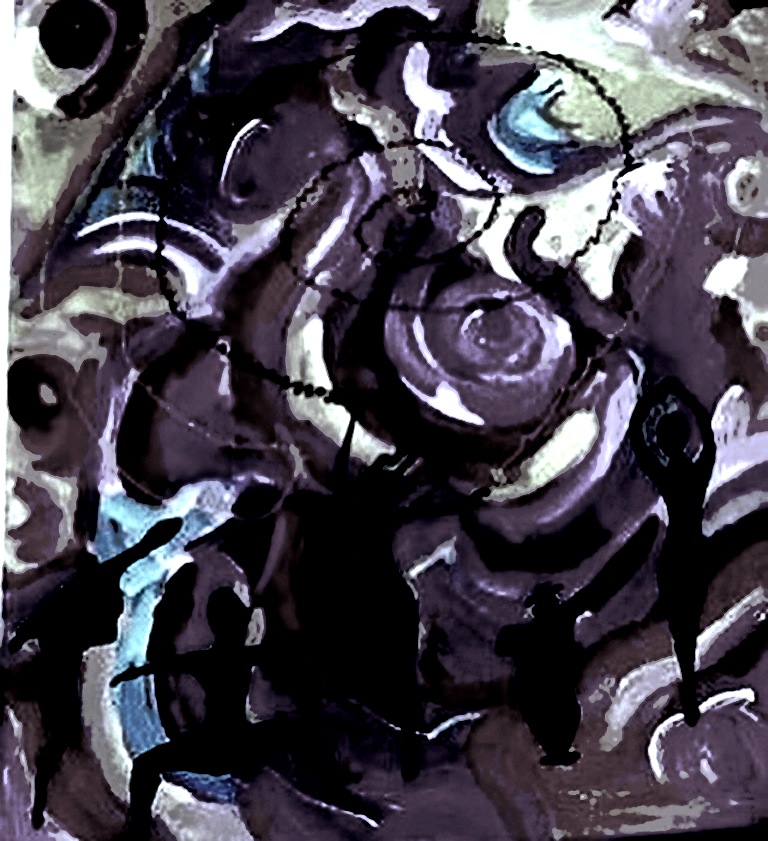
For everything there is a season,
and a time for every activity under heaven.
A time to be born, and a time to die;
a time to plant, and a time to uproot what is planted.
A time to kill, and a time to heal;
a time to tear down, and a time to build up.
A time to weep, and a time to laugh;
a time to mourn, and a time to dance.
A time to scatter stones, and a time to gather them;
a time to embrace, and a time to refrain from embracing.
A time to seek, and a time to lose;
a time to keep, and a time to discard.
A time to tear, and a time to mend;
a time to be silent, and a time to speak.
A time to love, and a time to hate:
a time for war, and a time for peace.
(Ecclesiastes 3, from New Catholic Bible)
Please watch the video and tell me what you think of the quotes and of those who I have quoted…
Cheers…
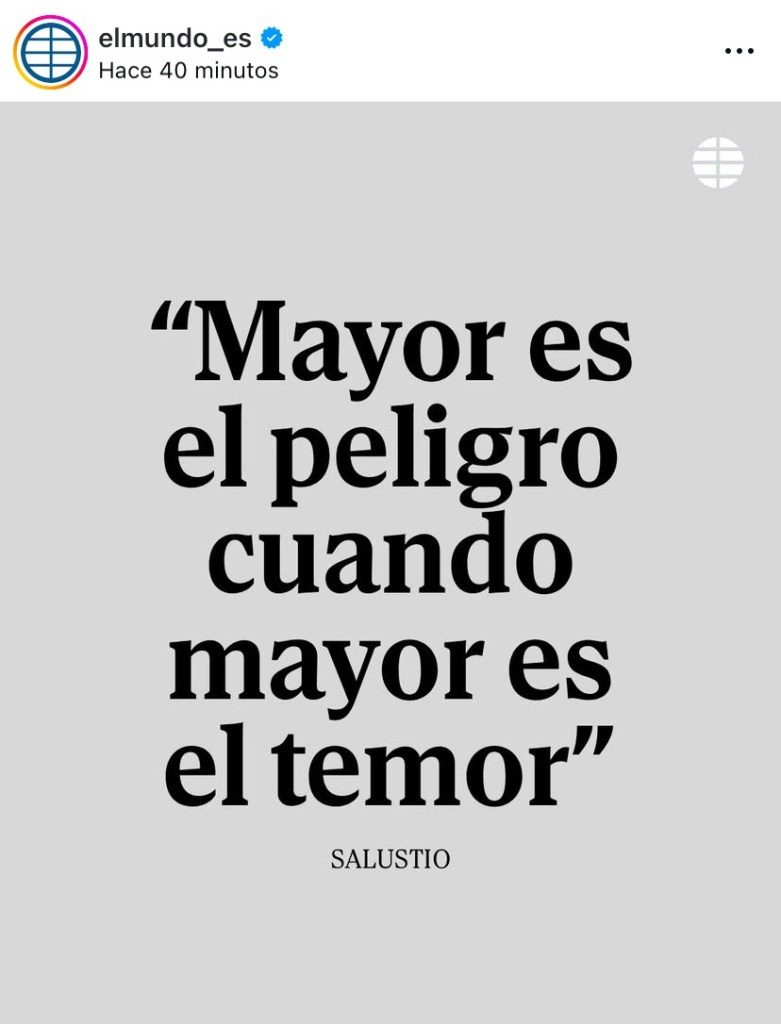
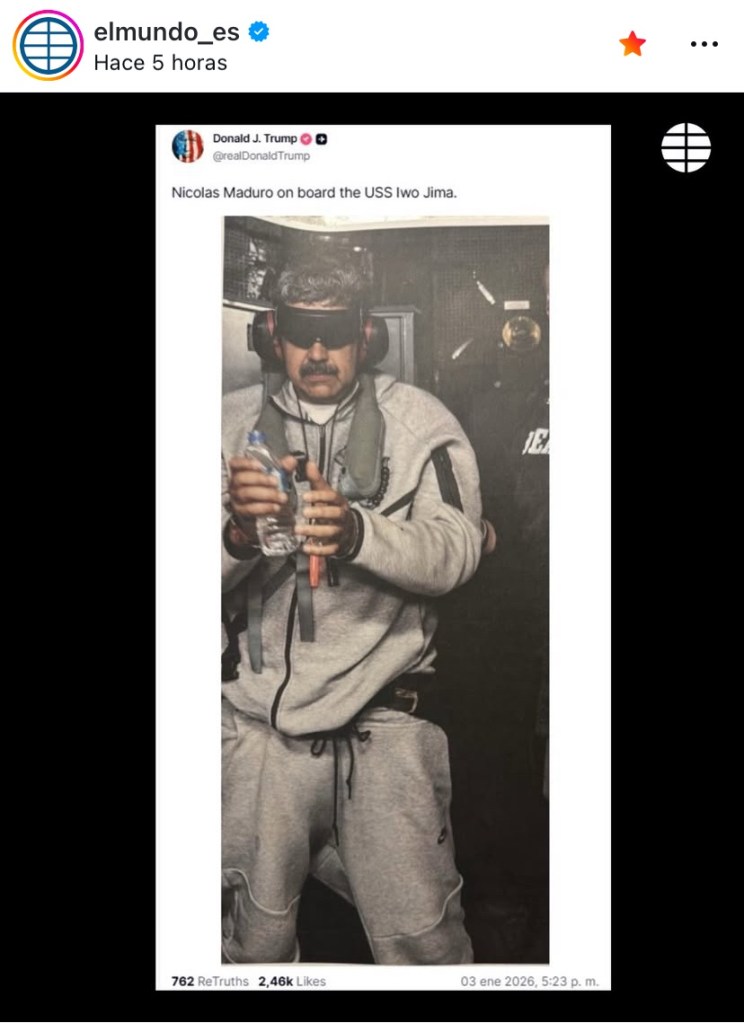
Sic semper tyrannis!
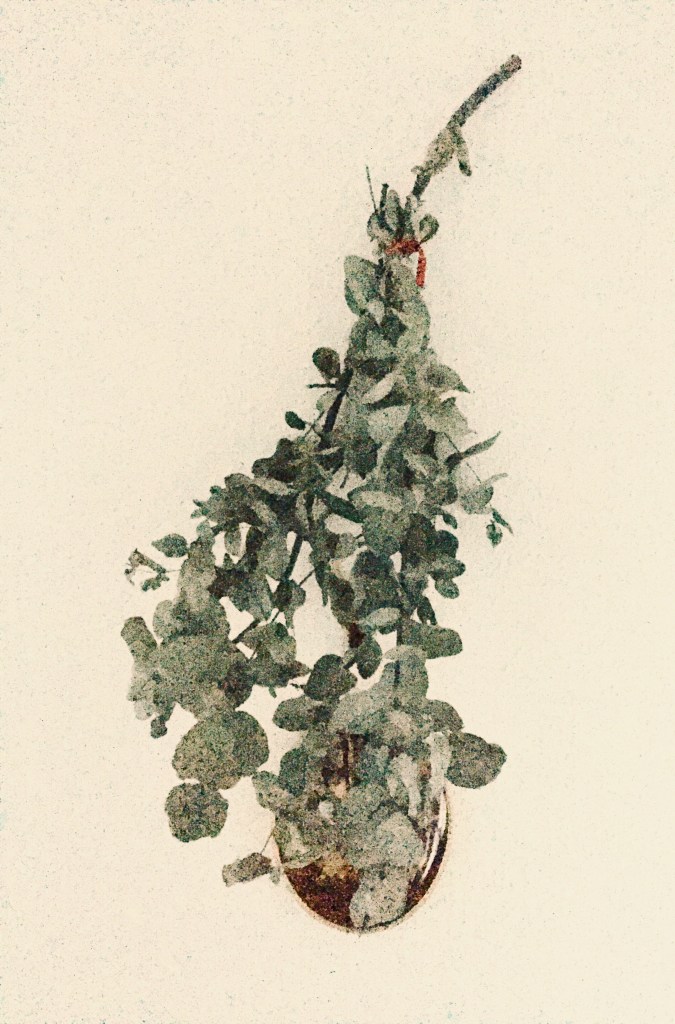
Que la semilla de hoy brille con un mañana feliz,
que el amor que ahora brindamos sea el amor que recibimos,
cada día, cada momento,
en cada grito,
en todo silencio,
la semilla se enfrenta a un futuro incierto,
pero en la esperanza sagrada tendremos acierto.
C.2022, Francesc Bravo Cabrera, 05 de enero 2022, València, España
GRACIAS

Here are the words to a song that was named after a mis-spelling or a confusion created when George wrote «bridge» and Eric, having mis-read it, thought it said «badge» and then went on to name the song «Badge». Therefore the name means nothing reference the words of the song. Regardless of the name, the song is smashing good, a hell of a bloody good one for sure, y’all…

BADGE
Thinkin’ ‘bout the times you drove in my car.
Thinkin’ that I might have drove you too far.
And I’m thinkin’ ‘bout the love that you laid on my table.
I told you not to wander ‘round in the dark.
I told you ‘bout the swans, that they live in the park.
Then I told you ‘bout our kid: now he’s married to Mabel.
Yes, I told you that the light goes up and down.
Don’t you notice how the wheel goes ‘round?
And you better pick yourself up from the ground
Before they bring the curtain down.
Yes, before they bring the curtain down.
Ah Ah Ah, yeh yeh yeh
Ah Ah Ah, yeh yeh yeh
Talkin’ ‘bout a girl that looks quite like you.
She didn’t have the time to wait in the queue.
She cried away her life since she fell off the cradle.
«Badge» came from Cream’s fourth and last album Goodbye from 1969. When George Harrison and Eric Clapton were in the process of writing the song, and Eric misnaming it, Ringo Starr walked in drunk and told them about the swans that they live in the park…

It must have been fun back in those days with such creative people.
Cheers…
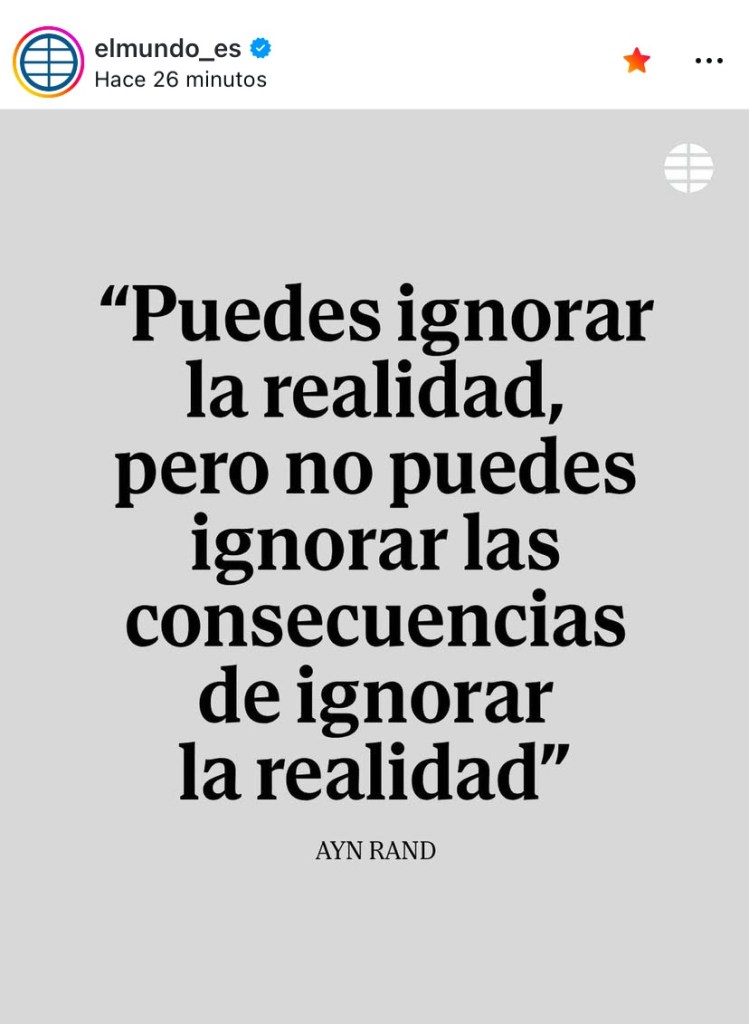
Pues no la ignores…